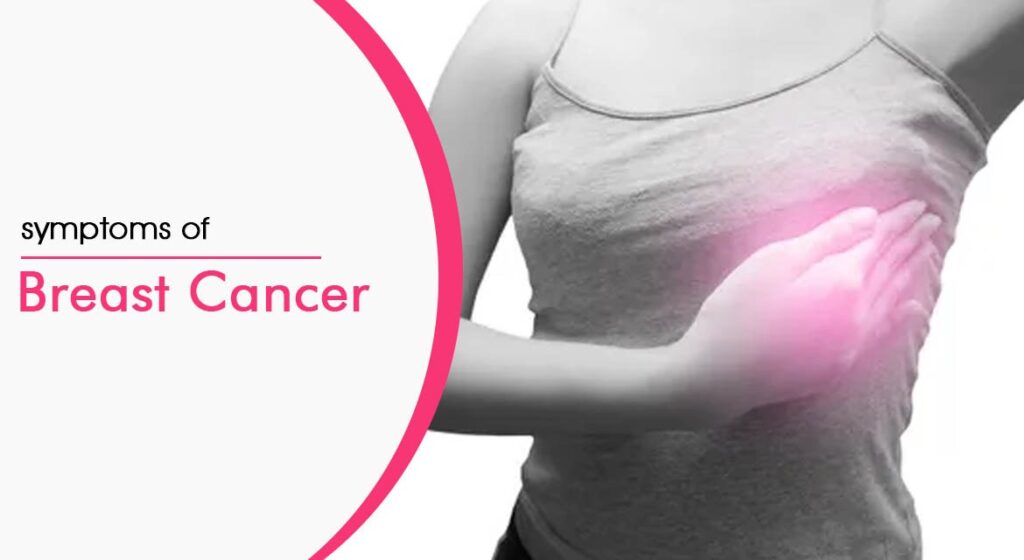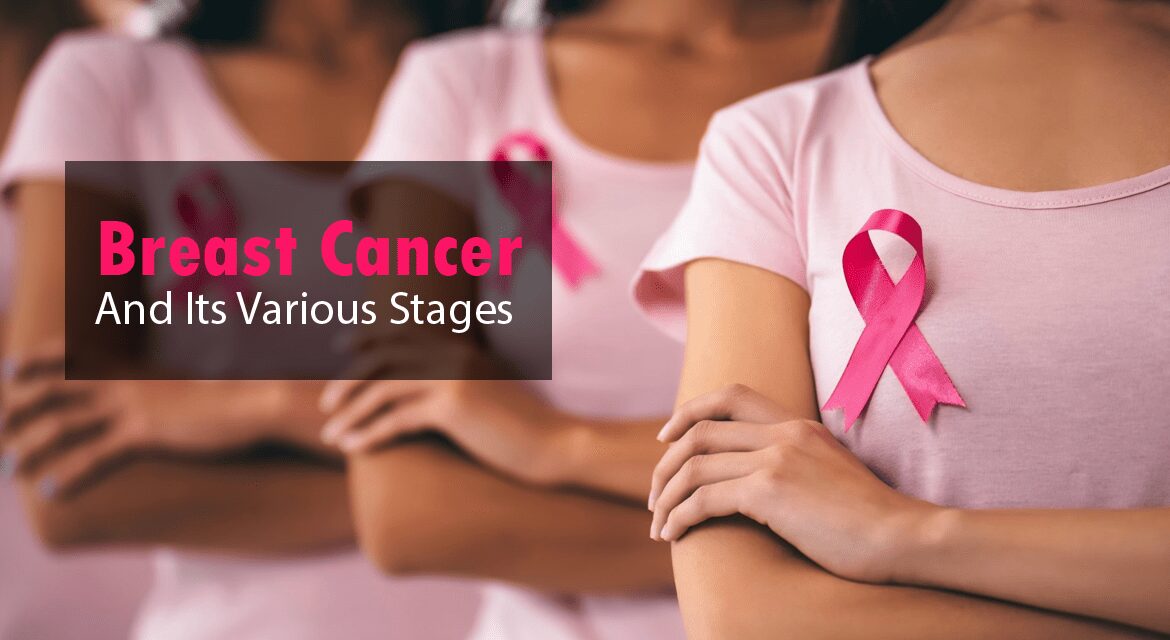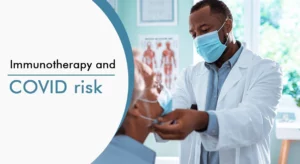Breast Cancer: An Introduction
Today, Breast Cancer has surpassed Cervix cancer & become no. 1 cancer in females specially in Metros. Every year 1.5 L new breast cancers cases diagnosed in various stages, most of them are in advance stages. But with the understanding of early detection, number of patients are increasing at early stage. We can prevent Breast cancer by changing in our life style.
Symptoms of Breast Cancer may resemble a breast inflammation and may include itching, pain, swelling, nipple inversion etc. Now days it is considered as a life style disease. Major risk factors are Obesity, Late marriage, No breast- feeding, lack of exercise etc. In order to diagnose at early stage screening procedure like Breast Self-Examination, clinical examination & mammography after 40 yrs of age is desirable.
Early Breast cancer can be cured in 80-90% of women and expect to lead normal life. Even-though in advance Breast Cancer, advancement of treatment modalities & newer targeted therapies are very helpful to extend life & improve quality of life in all type of patients so they can move in public, go to once, look after their children & household work in meaningful fashion. When you are diagnosed with breast cancer, it can be a daunting task to navigate the fears and complexities and to understand and effective deal with this life-changing event.

Signs and Symptoms of Breast Cancer
Inflammatory breast cancer is a particular type of breast cancer which can pose a substantial diagnostic challenge. Symptoms of Breast Cancer may resemble a breast inflammation and may include
- itching
- pain
- swellin
- nipple inversion,
- warmth and redness throughout the breast, as well as an orange-peel texture to the skin.
Another reported symptom complex of breast cancer is Paget’s disease of the breast. This syndrome presents as skin changes resembling eczema, such as redness, discoloration, or mild flaking of the nipple skin. As Paget’s disease of the breast advances, symptoms of breast cancer may include tingling, itching, increased sensitivity, burning, and pain. There may also be discharge from the nipple. Approximately half of women diagnosed with Paget’s disease of the breast also have a lump in the breast.
Various stages of Breast Cancer
There are five stages , starting at zero and going up to four. (They are represented by the Roman numerals I, II, III, and IV.) There are several variables within some stages. Which may be indicated by the symptoms of blood cancer as mentioned above.
Tumors are measured in millimeters and centimeters (ten millimeters equals one centimeter). For consistency here, we measure tumors in millimeters
Stage 0 breast cancer
This is the very beginning of the scale. It describes noninvasive breast cancers or precancers. This includes the most common form of noninvasive cancer, called ductal carcinoma in situ (DCIS). Within stage 0, there is no evidence that cancer cells or other abnormal cells have invaded neighboring normal tissue.
Stage I
Stage I describes a very early stage of invasive cancer. At this point, tumor cells have spread to normal surrounding breast tissue but are still contained in a small area.
Stage I is divided into two subcategories:
- In stage IA, a tumor measures up to 20 millimeters (about the size of a grape), and there’s no cancer in the lymph nodes.
- Stage IB can be described as either:
- a small tumor in the breast that is less than 20 millimeters plus small clusters of cancer cells in the lymph nodes; or
- no tumor in the breast plus small clusters of cancer cells in the lymph nodes.
Stage II
Stage II describes cancer that is in a limited region of the breast but has grown larger. It reflects how many lymph nodes may contain cancer cells.
This stage is divided into two subcategories.
Stage IIA is based on one of the following:
- Either there is no tumor in the breast or there is a breast tumor up to 20 millimeters (about the size of a grape), plus cancer has spread to the lymph nodes under the arm.
- A tumor of 20 to 50 millimeters is present in the breast, but cancer has not spread to the lymph nodes.
Stage IIB is based on one of these criteria:
- A tumor of 20 to 50 millimeters is present in the breast, along with cancer that has spread to between one and three nearby lymph nodes.
- A tumor in the breast is larger than 50 millimeters, but cancer has not spread to any lymph nodes.
Stage III
In stage III, the cancer has spread further into the breast or the tumor is a larger size than earlier stages.
Stage III is divided into three subcategories.
Stage IIIA is based on one of the following:
- With or without a tumor in the breast, cancer is found in four to nine nearby lymph nodes.
- A breast tumor is larger than 50 millimeters, and the cancer has spread to between one and three nearby lymph nodes.
In stage IIIB,
a tumor has spread to the chest wall behind the breast. In addition, these factors contribute to assigning this stage:
- Cancer may also have spread to the skin, causing swelling or inflammation.
- It may have broken through the skin, causing an ulcerated area or wound.
- It may have spread to as many as nine underarm (axillary) lymph nodes or to nodes near the breastbone.
In stage IIIC,
there may be a tumor of any size in the breast, or no tumor present at all. But either way, the cancer has spread to one of the following places:
- ten or more underarm (axillary) lymph nodes
- lymph nodes near the collarbone
- some underarm lymph nodes and lymph nodes near the breastbone
- the skin
Stage IV
Stage IV is the most advanced stage. It has spread to nearby lymph nodes and to distant parts of the body beyond the breast. This means it possibly involves your organs — such as the lungs, liver, or brain — or your bones.
Breast cancer may be stage IV when it is first diagnosed, or it can be a recurrence of a previous one that has spread.
When you are ready, speak with your doctor or nurse and ask them to give you the information you need. There is no shame in speaking about what you need, and asking for help from family and friends. It is our overriding goal to provide each and every one of our patients with compassionate, comprehensive and understandable treatment options that will allow us to treat you as a team throughout the entire journey of your breast cancer treatment. Ultimately, we strive for not just good patient outcomes, but OUTSTANDING patient outcomes, with our only goal being for you to become a long-term survivor and CURED from your breast cancer. We look forward to helping you and your loved ones affected with breast cancer. Looking after yourself during and after treatment is very important. It can also be a good idea to take a family member or friend to your appointments to support you. They can ask questions for you and write notes about what the doctors say. Everyone is different. There is no right or wrong way to cope at this difficult time. Allow yourself to do what feels right for you. You should not get depressed, you can Beat Breast Cancer & lead normal life
Also read- A Patient Shared Her Battle For Stage 4 Breast Cancer




